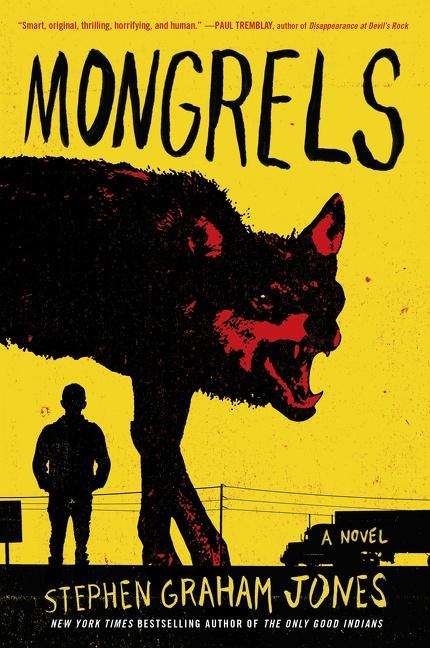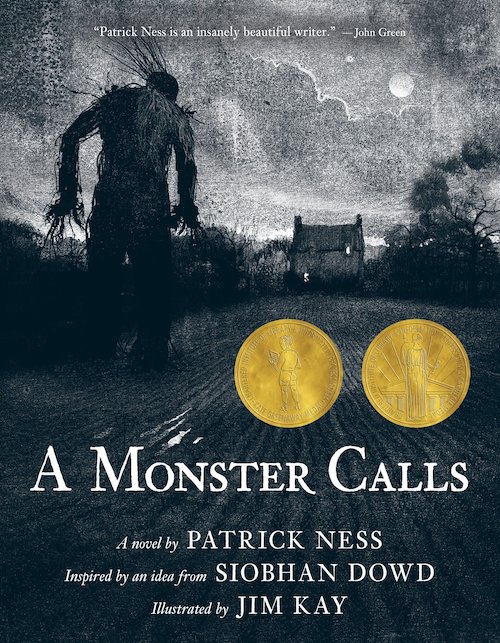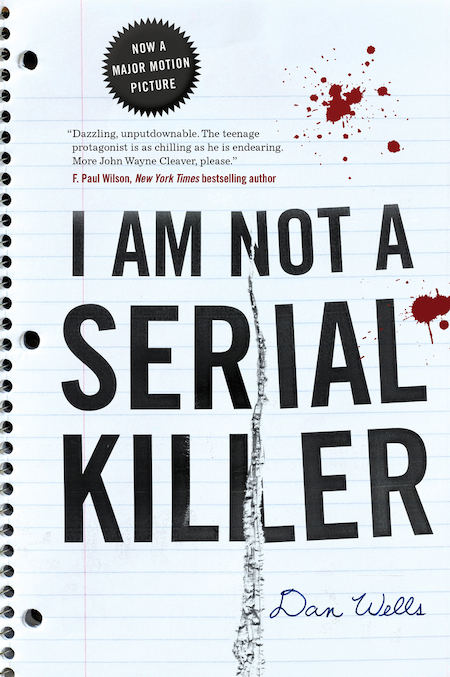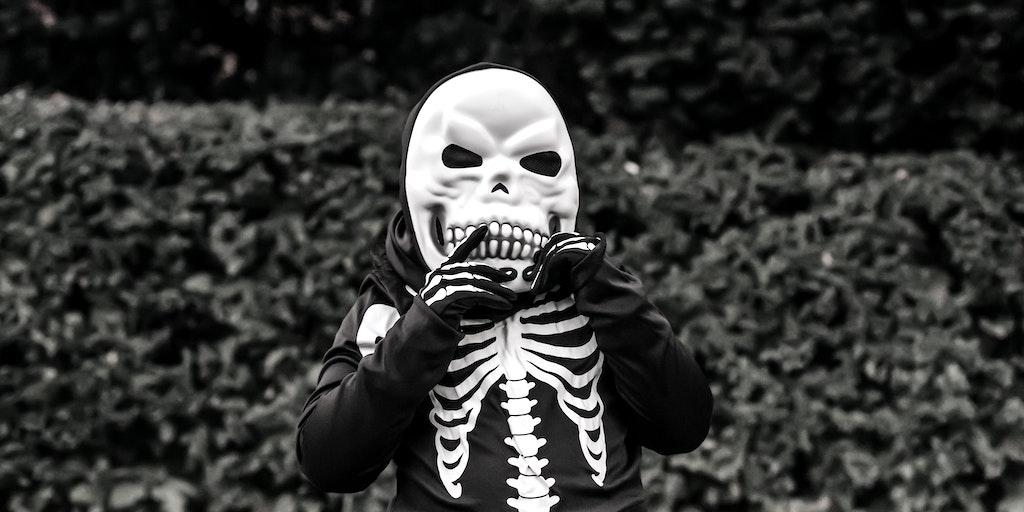When We Were Monsters
When I was young, my uncle used to tell me scary stories as though they were real. Horror, for him, was closely related to the real world. There was a thin difference, what things in reality couldn’t be named or made into form became real on the page. His retellings made horror my first school. The stories taught me how to be strong, intuitive, fearless, independent, and how to deal. In them, I learned that the monsters didn’t just lurk in the woods. In fact, the beings that terrified and tormented my dreams lived inside of us.
Even now, I turn to horror when I need guidance.

No monster in the dark books of horror has been as helpful over the years as the monstrous child. These young characters usually find themselves living alongside darkness, either existing as monsters, controlling them, or having some other dark connection to the unspeakable horrors of the world. My first introduction to monstrous children were in books like Goosebumps and Scary Stories to Tell in the Dark.
As a child, these characters were mirrors. I too was a monster. And there I was in a book, wreaking havoc, being powerful all on my own. These darklings were my kin. In the movies, the monster child always seemed so strong to me. Many years and many horrors later I see that there are parts of the monstrous child that serve not as a mirror, but as a reminder.
Stephen Graham Jones’ 2016 coming-of-age horror novel Mongrels follows a family of werewolves through the eyes of a child whose transformation hasn’t happened yet. Though it’s ever-looming throughout the story, the main character is not a monster but instead comes from a family of monsters, is deemed a monster, is treated as a monster along with the rest of his family, and behaves in the world as though he were that beast. Jones writes a great depiction of what it’s like to be painted and labeled a monster when you’re a child. Many times, it’s a self-fulfilling prophecy: children take on that role.
If they are monsters, then they’ll be the best damn monsters they can be. But it doesn’t always make them bad. They’re kids. I can look back now and see that certain aspects of my life and personality weren’t steered by my own choice, but by how I was being perceived. The world around me painted me as the scary Black girl, so I put on that costume and said the words, trapping me in a form that was not me.
Jones’ book, instead of focusing on the destruction, the sadness, the hurt that comes with being labeled a monster—though that’s all there, too—focuses on the bonds that are made, the understanding and deprogramming that can be forged between who we are and who we are thought to be. I get that now.
Mongrels isn’t a young adult book. It’s written for adults and plays to the emotion of many adults looking back on harder times. A coming-of-age story written for adults aims to remind us what it was like to be young, to experience the world like a child. It takes us back to a place where we can experience those moments again with the clarity and distance of adulthood. This is a safe place that allows us to see a road to living with our horrors, our darkness.

The monstrous child trope comes from the very real fear that the world is going to corrupt or in some way transform a child through some unforeseen or uncontrollable force, taking what was once promising and spoiling it. Common themes or symbols relate to sickness, charismatic dangerous groups, or societal perceptions. Patrick Ness’ 2011 book A Monster Calls, about a young boy who learns that his mother is dying of cancer around the same time he begins being stalked by a great monster that terrorizes his life whenever he gets upset, uses sickness to craft its monstrous child.
The story centers around learning to accept the bad, not fighting it or pushing it down, and learning how to cope and handle things on a healthy level. The consequences of not learning how to work with our darkness, our anger, will end up hurting more people and reverberating out into all areas of our lives. If I’d come across A Monster Calls as a kid, the message would frighten me. Tame my monster? Reconcile my anger for the betterment of myself and others? But that’s the monstrosity of youth: it eats away at our common sense for fear of losing what makes it immortal.
Not all monsters like the one in Ness’ book are easily defeated by accepting and welcoming them into us. I’ve learned over the years that some monsters and horrors are only defeated through self-acceptance.

In Dan Wells’ 2010 book I Am Not A Serial Killer, the main character is a young boy without a conscience—a monster on the inside—who spends his days trying to hide this from everyone he knows when he realizes there’s an actual monster that’s come to his town. Unlike Mongrels and A Monster Calls, where the children are the tooth and claw monsters, the main character in I Am Not A Serial Killer is evil in a way that’s closer to reality.
As in Wells’ book, there are monsters living among us, and sometimes we can get so focused on our own issues that we let harm be done when we could have stopped it. I’ve been in situations where my vision and mind were so clouded by regret, self-loathing, and hatred that the world around me seemed a blur. In I Am Not A Serial Killer, the protagonist is able to overcome the monster by using his unique skills and knowledge, by accepting himself for who he is and using that to his advantage.
On the outside now of my terror years, I see that the only way I got through was by allowing myself to accept what and who I was. I learned that I needed to deal with my internal struggles to help connect with and be there for those around me.
Not every monstrous child is the perfect teacher. There are some who are evil and scary, who do unforgivable harm. But I’d be lying if I said I wouldn’t still dig for lessons in their dark.




It makes my heart glad to read pieces like this. Truths are like unexpected treasures.